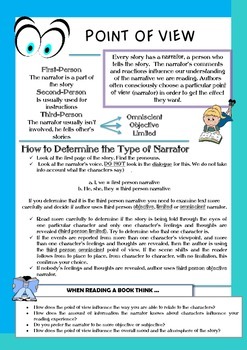

If only the past had been a diminishing road for Ms. Perhaps-at least for now-it would be better if Jefferson got back onto the road of time, paved and lined with garages, and left their increasingly irrelevant social conventions in the dust. So, why does Faulkner structure his story like this? Toward the end of the story, its narrator makes a generalization about time that can be brought to bear on this question: for old people “all the past is not a diminishing road but, instead, a huge meadow which no winter ever quite touches, divided from them now by the narrow bottle-neck of the most recent decade of years.” Looked at in this light, doesn’t the non-linear nature of the story present the past it describes less as a “diminishing road” and more as a “meadow”, in which one might meander backward toward a glorified past? It is almost as if the townspeople’s nostalgia for the Old South, their desire to go back to a time they remember or mythologize as better, infects their storytelling practices. Explore the point of view in 'A Rose for Emily' and. There, in the story’s final scene, the townspeople discover in Homer’s corpse and the strand of Miss Emily’s hair the facts that make sense of all the events described before-for example, that Miss Emily bought arsenic from the druggist while in her thirties not to commit suicide as the townspeople suspected, but rather to murder her defective sweetheart. Lesson Transcript Author Daniel Bal View bio Instructor Margaret Stone View bio Read about 'A Rose for Emily' by William Faulkner. However, there is a method to this temporal madness: the story opens with Miss Emily’s funeral, then goes back in time, slowly revealing the central events of Miss Emily’s life, before going back forward in time to the funeral. If Emily told the story, she would have to reveal the murder of Homer and her subsequent behavior. “A Rose for Emily” is not a linear story, where the first event treated brings about the next, and so on-rather, it is nonlinear, jumping back and forth in time. From a narrative point of view, a townsperson is unable to see the events as Emily sees them.


 0 kommentar(er)
0 kommentar(er)
